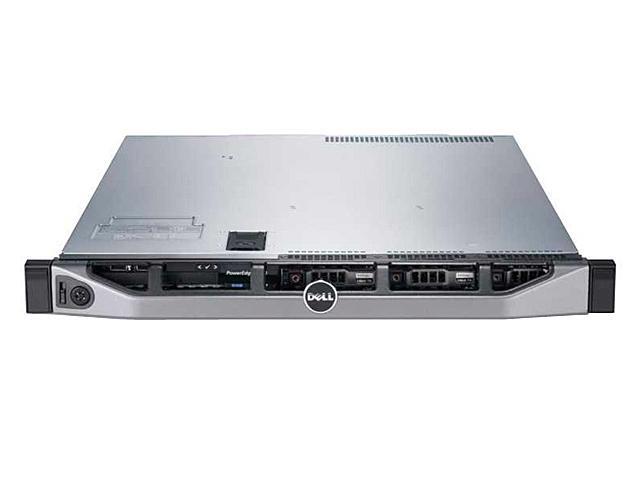
Or speak with a Dell technical. A product ID or serial number. PowerEdge R415 PowerEdge R420 PowerEdge R420xr PowerEdge.
Rack-mounted 11th-generation PowerEdge servers is a server line by, following the naming convention for other Dell products: the (data storage) and the (data transfer & switches). Below is an overview of current and former within Dell's PowerEdge product line.
Different models are or were available as towers,. In the current naming scheme, towers are designated by T, racks by R, and blades by M (for modular). The 19' rack-servers come in different physical heights expressed in or U. Most modern servers are either 1U or 2U high while in the past the 4U was more common. Contents • • • • • • • • • • • • • • • • • • • • • • • Model naming [ ] Over the years, many different types of PowerEdge servers have been introduced and there was wide variety of product and family codes used within the PowerEdge name.
Itanium servers [ ] The Dell Itanium-based servers were introduced before this new naming-convention was introduced and were only available as rack servers. New naming convention [ ] Since the introduction of the servers in 2007 Dell has adopted a standardized method for naming their servers; the name of each server is now represented by a letter followed by 3 digits. The letter indicates the type of server: R (for Rack-mountable) indicates a 19' rack-mountable server, M (for Modular) indicates a blade server, whilst T (for Tower) indicates a stand-alone server.
This letter is then followed by 3 digits. • The first digit refers to the number of sockets in the system: 1 to 3 for one socket, 4 to 7 for two sockets, and 8 or 9 for four sockets.
• The middle digit refers to the generation: 0 for Generation 10, 1 for Generation 11, and so on. • The third digit indicates the make of the CPU: 0 for or 5 for.
For example: The Dell PowerEdge M610 is a two-socket server of the 11th generation using an Intel CPU whilst the R605 is a two-socket AMD-based rack-server of the 10th generation. Blade servers [ ] Since there are models for the enclosure. The blade-servers in and are using another enclosure that is not compatible with the current M1000e system. In form-factor there are two models: half-height and full-height. In an enclosure you can fit 8 full or 16 half-height blades (or a mix). Each server has two or four on-board NIC's and two additional -slots for additional options: 1 Gb or 10 Gb Ethernet cards, 's or slots. Expansion voice editor exe. Apart from connectors a blade-server doesn't offer direct connections: all I/O goes via the midplane of the enclosure.
Early systems [ ] Model Chassis Year Chipset CPU (No. • ^ Serverwatch website, 15 May 2008, visited 28 June 2011 • Infoworld website, 12 November 2007, visited 28 June 2011 • Dornbusch, Margaret (May 1, 1995). 'Bevy of new servers spring up'. Network World.: Network World.
12 (18): 23.. • 'Benchmark Tests: File Servers'. Ziff Davis, Inc. 13 (17): 218.
October 11, 1994. • ^ • ^ DeVoe, Deborah (November 20, 1995). 'Dell joins Internet parade with Web server'. InfoWorld.: Media Group. • • 2012-03-13 at the. • • 2010-08-27 at the. • 2012-03-13 at the.

 0 kommentar(er)
0 kommentar(er)
